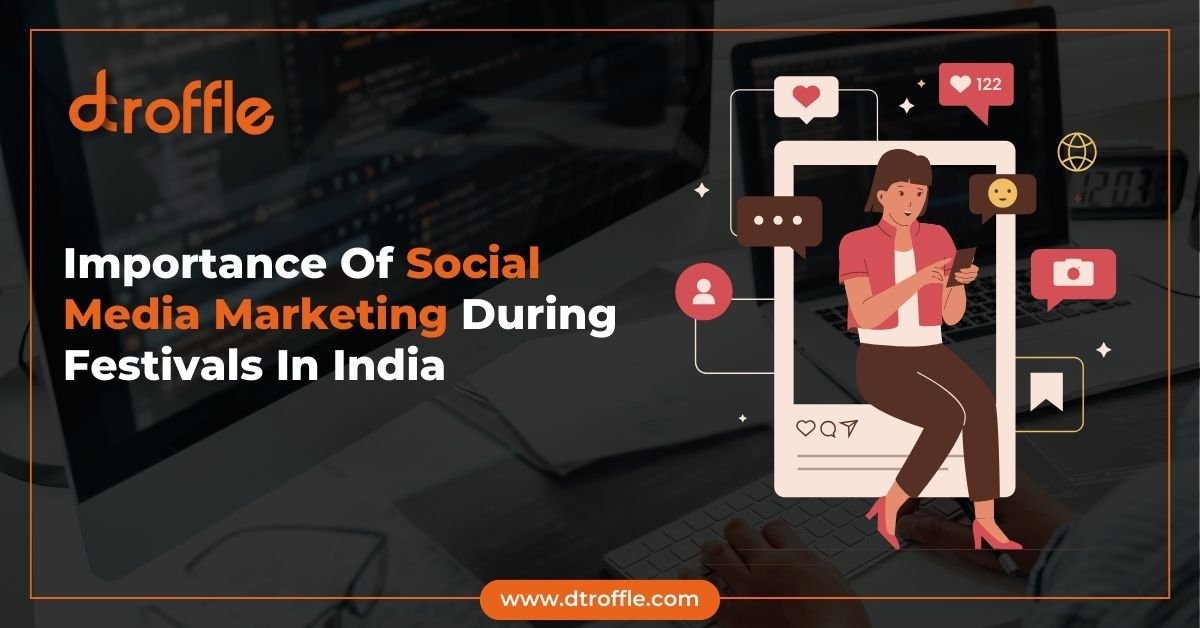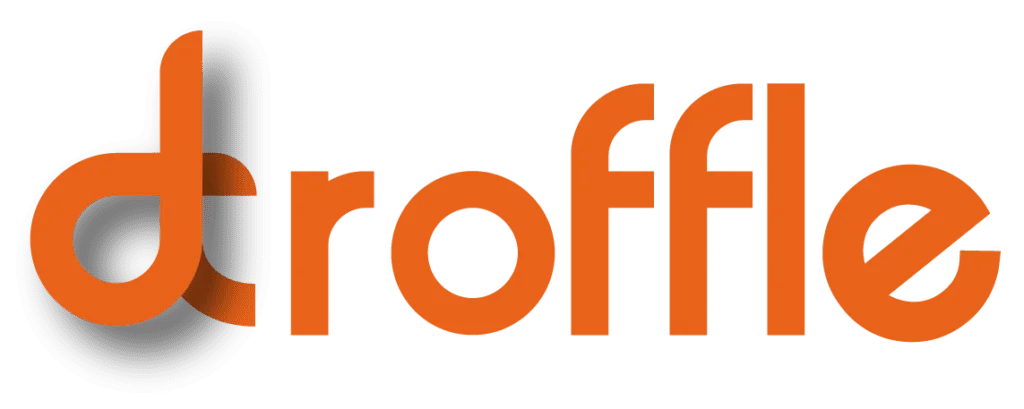Content optimization is a crucial aspect of digital marketing that ensures your content reaches the right audience and drives meaningful engagement. Whether you’re creating blog posts, landing pages, or product descriptions, optimizing content effectively helps improve visibility, search engine rankings, and user experience. This guide outlines the essential steps to enhance your content and make it more impactful in today’s competitive digital landscape.
Understanding Your Audience
The foundation of effective content optimization lies in knowing your target audience. Understanding who they are, what they’re looking for, and how they interact with your content is key to creating relevant and engaging material. Use tools like Google Analytics, social media insights, and customer feedback to gather data on your audience’s demographics, preferences, and pain points. Tailoring your content to address their needs not only boosts engagement but also builds trust and brand loyalty.
Keyword Research and Integration
Keywords remain a vital part of content optimization. Effective keyword research helps you identify the terms and phrases your audience is searching for. Use tools like Google Keyword Planner, Ahrefs, or SEMrush to find relevant keywords with a good balance of search volume and competition. Once you have a list of target keywords, integrate them naturally into your content, including in the title, headers, meta descriptions, and throughout the body. Avoid keyword stuffing; instead, focus on creating content that flows naturally while incorporating these terms.
Creating High-Quality, Relevant Content
While keywords are important, the quality and relevance of your content are paramount. Your content should provide value to readers by offering solutions, insights, or information that addresses their needs. High-quality content is well-researched, engaging, and free from errors. Aim for originality and avoid duplicating existing content. Also, consider various content formats—such as videos, infographics, and podcasts—that can enhance your message and cater to different audience preferences.
On-Page SEO Best Practices
On-page SEO is critical to content optimization. This includes optimizing title tags, meta descriptions, headers, and image alt texts. Ensure that your title tag is catchy and includes your primary keyword, and keep your meta description within 150-160 characters, making it both informative and enticing. Additionally, use header tags (H1, H2, H3) to structure your content and make it easy to read for both users and search engines. Internal linking is another crucial aspect, guiding users through your site and helping search engines understand your content hierarchy.
Optimizing for User Experience and Mobile
With mobile traffic on the rise, ensuring that your content is mobile-friendly is no longer optional. Optimize your website’s loading speed, ensure responsive design, and maintain easy navigation. The content should be scannable with short paragraphs, bullet points, and clear headings. Providing a seamless user experience across devices improves engagement and reduces bounce rates, which positively impacts your search rankings.
Tracking and Analyzing Performance
Content optimization is an ongoing process. Regularly monitor your content’s performance using analytics tools. Track metrics such as organic traffic, bounce rate, average session duration, and conversion rates to assess how well your content is performing. Use this data to identify areas for improvement, update outdated content, and refine your strategies over time.
Conclusion
Content optimization in digital marketing is about more than just using the right keywords. It’s a holistic process that involves understanding your audience, creating valuable content, implementing on-page SEO best practices, and continuously refining your approach based on performance data. By following these steps, you can enhance your content’s effectiveness, boost search visibility, and ultimately drive better results for your digital marketing efforts.








